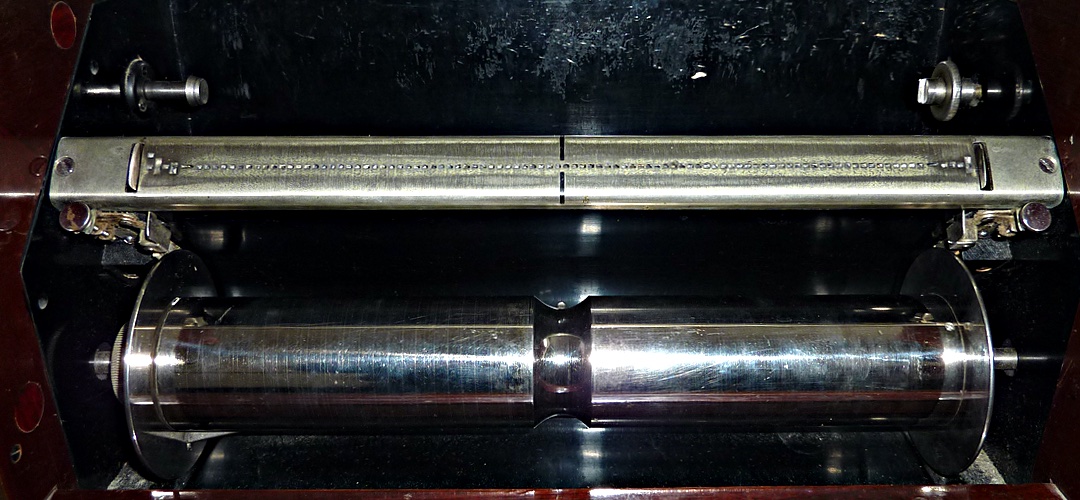A standard scale was used for the Triphonola reproduction system built from 1919 onwards, so that the standard 88-note rolls could also be played. However, the special Animatic T or Triphonola rolls from Hupfeld were still required for reproduction. The speciality of the Tri-Phonola lies in its many possible uses. The instrument can be used as a normal hand-playing piano, as an art piano in pedal mode, as an art piano with electric drive and as a fully automatic reproduction piano with electric drive.
As the Triphonola was only offered after 1919 and fewer and fewer pianolas were produced and sold in Germany in the 1920s, only a few of these rare and beautiful instruments still exist today. The Triphonola scale has 101 holes (including the large track levers of the track control) in the note glide block. The 88 holes in the centre control the 88 notes. On the right and left are the holes for controlling the emphasis and the self-playing mechanism.


